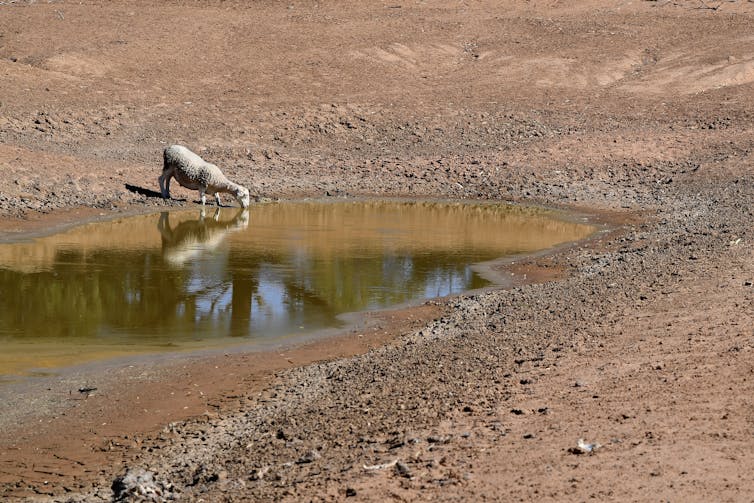Australia, it's time to talk about our water emergency
Published on by Water Network Research, Official research team of The Water Network
The last bushfire season showed Australians they can no longer pretend climate change will not affect them. But there’s another climate change influence we must also face up to: increasingly scarce water on our continent.
Under climate change, rainfall will become more unpredictable. Extreme weather events such as cyclones will be more intense. This will challenge water managers already struggling to respond to Australia’s natural boom and bust of droughts and floods.
Thirty years since Australia’s water reform project began, it’s clear our efforts have largely failed. Drought-stricken rural towns have literally run out of water. Despite the recent rains, the Murray Darling river system is being run dry and struggles to support the communities that depend on it.
We must find another way. So let’s start the conversation.

It’s time for a new national discussion about water policy. Joe Castro/AAP
How did we get here?
Sadly, inequitable water outcomes in Australia are not new.
The first water “reform” occurred when European settlers acquired water sources from First Peoples without consent or compensation. Overlaying this dispossession, British common law gave new settlers land access rights to freshwater. These later converted into state-owned rights, and are now allocated as privately held water entitlements.
Some 200 years later, the first steps towards long-term water reform arguably began in the 1990s. The process accelerated during the Millennium Drought and in 2004 led to the National Water Initiative, an intergovernmental water agreement. This was followed in 2007 by a federal Water Act, upending exclusive state jurisdiction over water.
Under the National Water Initiative, state and territory water plans were to be verified through water accounting to ensure “adequate measurement, monitoring and reporting systems” across the country.
This would have boosted public and investor confidence in the amount of water being traded, extracted and recovered – both for the environment and the public good.
This vision has not been realised. Instead, a narrow view now dominates in which water is valuable only when extracted, and water reform is about subsidising water infrastructure such as dams, to enable this extraction.

The National Water Initiative has failed. Dean Lewins/AAP
Why we should all care
In the current drought, rural towns have literally run out of fresh drinking water. These towns are not just dots on a map. They are communities whose very existence is now threatened.
In some small towns, drinking water can taste unpleasant or contain high levels of nitrate, threatening the health of babies. Drinking water in some remote Indigenous communities is not always treated, and the quality rarely checked.
In the Murray-Darling Basin, poor management and low rainfall have caused dry rivers, mass fish kills, and distress in Aboriginal communities. Key aspects of the basin plan have not been implemented. This, coupled with bushfire damage, has caused long-term ecological harm.
How do we fix the water emergency?
Rivers, lakes and wetlands must have enough water at the right time. Only then will the needs of humans and the environment be met equitably - including access to and use of water by First Peoples.
Water for the environment and water for irrigation is not a zero-sum trade-off. Without healthy rivers, irrigation farming and rural communities cannot survive.
A national conversation on water reform is needed. It should recognise and include First Peoples’ values and knowledge of land, water and fire.
Our water brief, Water Reform For All, proposes six principles to build a national water dialogue:
- establish shared visions and goals
- develop clarity of roles and responsibilities
- implement adaptation as a way to respond to an escalation of stresses, including climate change and governance failures
- invest in advanced technology to monitor, predict and understand changes in water availability
- integrate bottom-up and community-based adaptation, including from Indigenous communities, into improved water governance arrangements
- undertake policy experiments to test new ways of managing water for all

The Darling River is in poor health. Dean Lewins/AAP
Taxonomy
- Climate Induced Hazard
- Climate Change
- Climate Change Adaptation
- Climate Change Resilience
- Climate Change & Sustainibility
1 Comment
-
No mention of 'The Great Artesian Basin'?